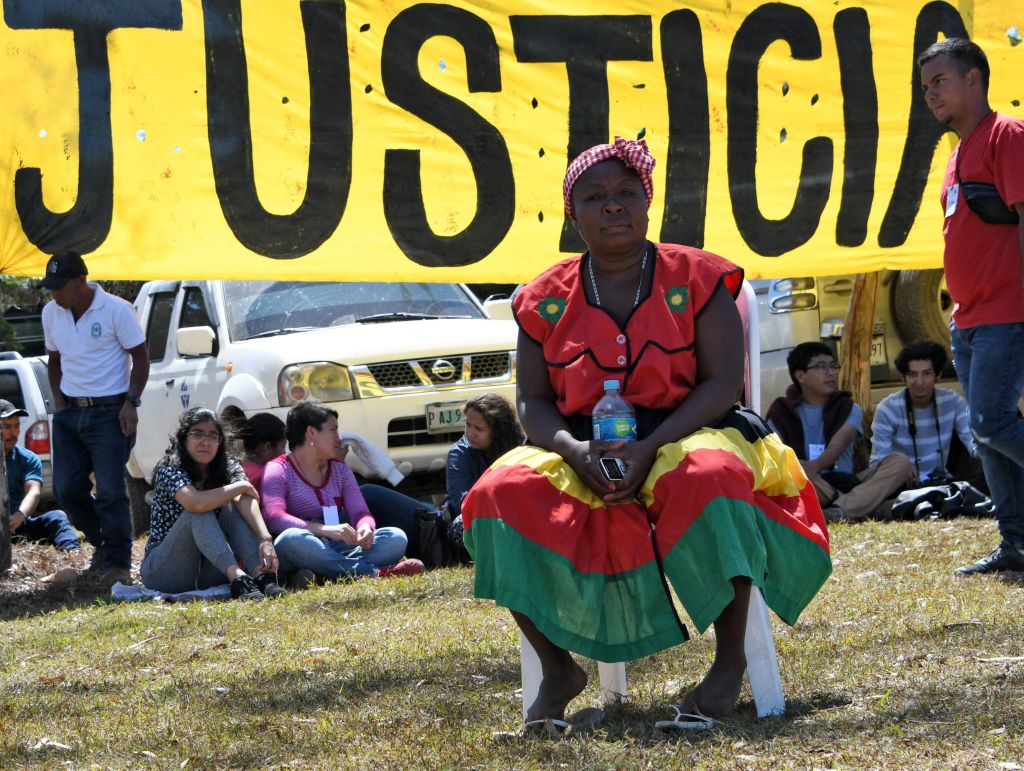Honduras has become dangerous for land activists over the last two years. In March, three Garífuna leaders, the indigenous people of the country, were killed in the north country. This deadly incident follows the abduction and disappearance of five men last summer and the violence doesn’t stop there.
In 2019, at least 14 more men and women were killed and the one thing they all have in common: the dead and missing are Garífuna people from the town of Triunfo de la Cruz. They have been fighting to hold on to their ancestral land from drug traffickers, palm oil manufacturers, tourism developers, and more.
The Garífuna are descendants of the Afro-Caribbean population who are originally from the island of St. Vincent. They were taken from their home by the British in the 1700s and abandoned on the Honduran coast where they have lived ever since along beautiful water and white sandy beaches.
They have survived generations through fishing. There are currently more than 250,000 Garífuna on the beautiful land they have occupied since the 18th Century, which has now become a place of violence.
27-year-old Alberth Sneider Centeno, president of the community, was tortured outside his house before being forced in his car in 2020. He was taken with four others at gunpoint and no one has heard or seen from them since. All are believed to be dead.
In 2015, Centeno led a call-to-action for Honduras to comply with a 2015 ruling by the Inter-American Court of Human Rights (IACHR) over land disputes. The ruling stated the Garífuna had a right to be properly consulted about planned projects on their lands.
The court found the Honduran government responsible for violating collective ownership rights after selling Garífuna land to developers without properly notifying the community. The government ordered Honduras to compensate the Garífuna for their losses and to delineate their collective lands, as reported in Reuters.
And while no one knows the exact reason they were taken, theories point to drug cartels wanting to use the shores to move drugs into America. The other theory relates to palm oil production.
“There is no doubt in our minds that the state is responsible for the kidnapping of our colleagues, and we haven’t got an answer about them to this day,” said Caesar Benefit, who is now leading the community. “It is directly a land problem, because we have been working to recover our land, and the state does not want to enforce the ruling of the Inter-American Court of Human Rights.”
The government, however, claims that the men were abducted for a “drug deal gone wrong.” But the family of the men says otherwise.
“They always defended the community,” said Joanna Sacasa, a relative of one of the missing men stated. “I never saw them getting involved in anything wrong.”
As far as the Garífuna people in Honduras, many are getting tired of fighting. Benefit said people have grown afraid and families have left the community.
“I am very afraid because we as Garífuna people were not used to this kind of life,” said Benefit. “If we don’t keep fighting, we all lose. And that is one of the reasons I haven’t been able to leave the country because I feel that if I quit […] our struggle will fall apart.”





